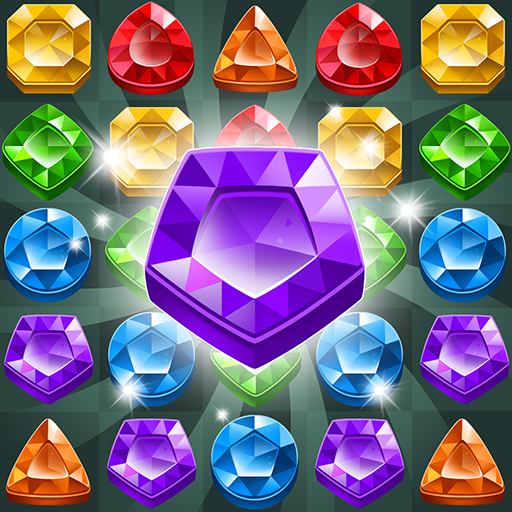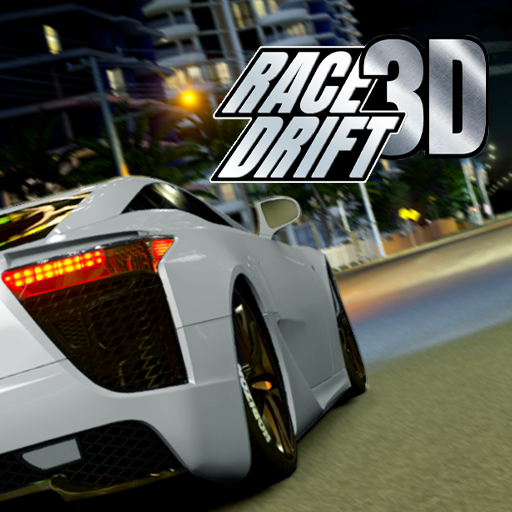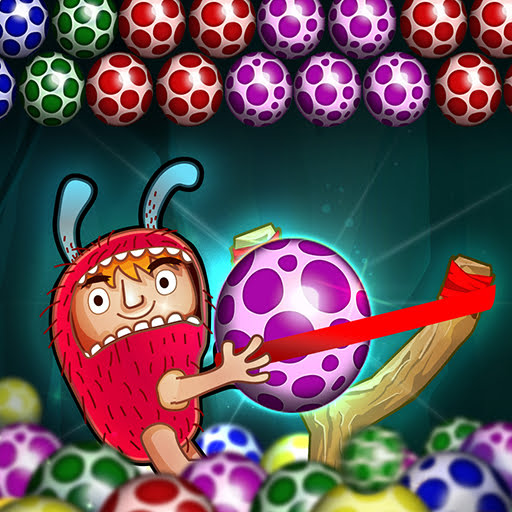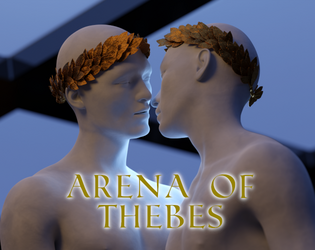When director Hugo Martin revealed that the core concept of Doom: The Dark Ages was "stand and fight" during Xbox’s Developer Direct earlier this year, it immediately piqued my interest. This approach starkly contrasts with the hyper-kinetic, fast-paced combat of id Software's previous title, Doom Eternal. However, one enemy in Eternal, the Marauder, already embodied this "stand and fight" philosophy. Known for being one of the most polarizing enemies in the series, the Marauder is a personal favorite of mine. Realizing that the key to combat in Doom: The Dark Ages involved reacting to bright green lights, reminiscent of the Marauder’s vulnerability cue, convinced me that this game was right up my alley.
Rest assured, The Dark Ages doesn't replicate the frustrating one-on-one encounters with an enemy as challenging as Eternal’s Marauder. While it introduces the Agaddon Hunter, who is shielded and wields a lethal combo attack, the essence of Eternal’s combat philosophy permeates every enemy in The Dark Ages. The game reimagines and refines the Marauder's mechanics, integrating them into its core combat system, resulting in battles that retain the strategic depth without the annoyance.
The Marauder stands out in Doom Eternal, where combat typically involves darting around arenas, managing hordes, and strategically engaging larger foes. Eternal has been described as a management game, requiring players to juggle speed, space, and weaponry effectively. However, the Marauder disrupts this flow, demanding players' undivided attention and often necessitating a one-on-one approach. In larger battles, the best strategy is to evade its attacks, clear out lesser enemies, and then focus on the Marauder, truly embodying the "stand and fight" ethos.
 Doom Eternal's Marauder is one of the most controversial enemies in FPS history. | Image credit: id Software / Bethesda
Doom Eternal's Marauder is one of the most controversial enemies in FPS history. | Image credit: id Software / Bethesda
This doesn't mean standing still; in Doom Eternal, positioning is key. Getting too close risks a devastating shotgun blast, while staying too far invites a barrage of projectiles. The goal is to be in the perfect spot to provoke the Marauder's axe swing, which is the only time he's vulnerable. When his eyes flash green, it's your signal to strike. This brief window is crucial for dealing damage, as his energy shield otherwise absorbs all attacks.
In Doom: The Dark Ages, a similar green flash mechanic is pivotal. Echoing the original Doom, demons unleash volleys of projectiles, among which are green missiles that can be parried with the Doom Slayer’s new shield, sending them back to their sender. Initially a defensive maneuver, this parry becomes an offensive powerhouse later in the game with the shield’s rune system, allowing you to stun enemies or trigger an auto-targeting cannon.
Navigating The Dark Ages' battlefields becomes a series of strategic, one-on-one confrontations with various formidable demons. While not solely reliant on reacting to green lights for survival, mastering the shield’s runes and incorporating parries into your combat strategy elevates your gameplay. Just as with the Marauder, positioning and timing are essential to successfully parry these green projectiles, turning your battles into a focused dance of precision and reaction.
The Marauder's biggest critique was its disruption of Doom Eternal's flow, forcing players to abandon familiar tactics. This shift is what endears the Marauder to me; while the rest of the game demands fluid movement, the Marauder requires a different approach, breaking the rules of a game that already challenged conventional FPS mechanics. Though I appreciate the challenge, I understand why it frustrated many players.

























![City Devil: Restart [v0.2]](https://img.icssh.com/uploads/38/1719554737667e52b102f12.jpg)


